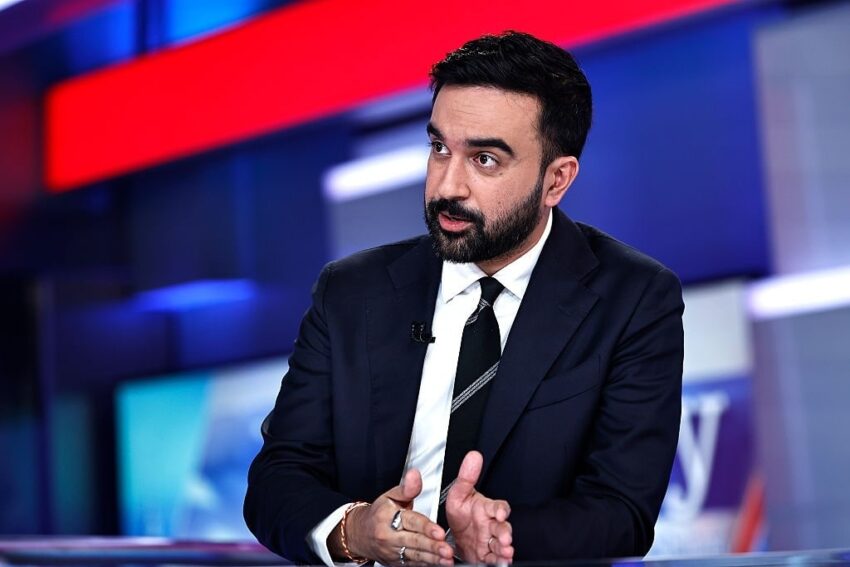On November 4, New Yorkers will head to the polls to elect their new mayor in what already looks like a done deal for Democratic Socialist Zohran Mamdani. But with 18 days to go, and a widely-panned performance in last night’s debate, Mr. Mamdani would be wise not to rest on the laurels of hype.
The three candidates were questioned on their backgrounds, policies, and personalities. What became apparent as the evening wore on was that the lead candidate’s polished performance during his primary run was only made possible by an agreed-upon “no bloodshed” strategy. Mamdani stumbled on the big questions, offered canned responses, and evinced none of the “joyful warrior” persona that has been so touted in the left-leaning media.
Fortunately for Mr. Mamdani, Andrew Cuomo’s debate game was even worse. If this were not a race for the mayor of New York City, Republican Curtis Sliwa would have walked away expecting a major bump in his support. He was the only man on stage to both defend himself with a certain panache and to articulate clearly his plans for New Yorkers.
Mamdani’s polling lead appears insurmountable, currently averaging 44.4%, compared with former Governor Andrew Cuomo (running as an independent) at 26%, and Republican Curtis Sliwa with 13.6%. According to Liberty Nation News’ Public Square, that’s a survey lead of 18.4% for the young hopeful.
However, the last candidate to win the mayoral contest with less than 50% of the vote was liberal Republican John Lindsay back in 1969.
### A Brace of Mamdani Issues
While Mamdani is the clear favorite to romp home in November, there are two issues that his campaign should be watching closely. First is turnout – not an inconsiderable issue – and second is what might happen if Sliwa supporters decide to back Cuomo in any great numbers.
In every New York City mayoral race since 2001, the percentage of registered voters who actually cast a ballot has dropped. In fact, the 33% who turned out for then-Republican Michael Bloomberg in 2005 was the high point of the last quarter-century. The Big Apple just doesn’t seem motivated to vote anymore.
And of course, both Bill de Blasio in 2017 and Eric Adams in 2021 polled in the 60-point range. So, while Mamdani is almost certain to win, the vast majority of New Yorkers are unlikely to vote, and he is polling well below his immediate predecessors.
### A Primary Pasting
In a ten-candidate Democratic primary field, Mamdani handily won the nomination and seemingly put an end to a Cuomo comeback. Undeterred, the former governor – who resigned over a sexual harassment scandal – changed his “D” to an “I” and threw his recently rejected hat back in the ring. He fast became the definitive number two, forcing current Mayor Eric Adams out of his own independent run.
But here’s the rub: Despite the enormous hype campaign and the Fourth Estate onslaught about how The Big Apple is embracing its socialist candidate, the candidates’ polling numbers have barely changed. Indeed, looking at the polling averages since August, Mamdani, Cuomo, and Sliwa are each within a single percentage point of where they were two months ago. This suggests that the support was baked into the equation and that no hearts or minds have been changed in the ensuing period.
While Curtis Sliwa has made it clear that he is in it for the long haul, his voters may ultimately see casting their ballots for Cuomo as the only way to stave off the socialist takeover of America’s biggest city.
Would that be enough to ward off a Mamdani win? Probably not, but considering that less than a quarter of New Yorkers exercise their right to vote – and that one in five people are unaffiliated by party – a loose coalition of Cuomo supporters, Sliwa backers, and independents could make this a race truly worth watching.
https://www.libertynation.com/the-mamdani-landslide-illusion-or-delusion/
